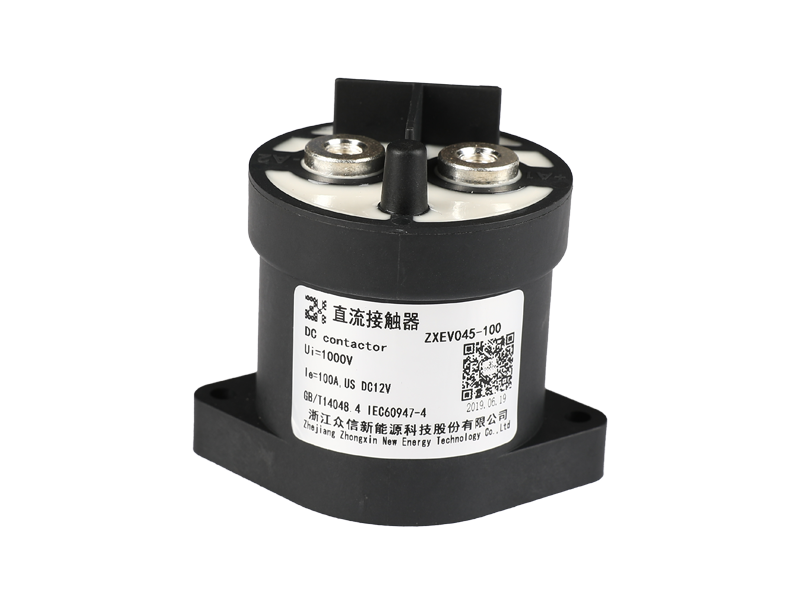The electromagnetic current relay is an electromagnetic instantaneous overcurrent relay, which is widely used in the circuit of the secondary circuit relay protection device of the power system as an overcurrent starting element. The electromagnetic system of the AC contactor will generate electromagnetic noise pollution. In order to solve the problems of high AC noise, high power consumption, temperature rise, and low power factor of the AC contactor, there is currently an AC contactor that has a double-winding coil and a rectifier assembly. In the case of a single-coil, about 70% of electricity is saved, there is no noise during operation, and the burnout of the contactor coil is improved.
Structural principle:
1. The relay is of electromagnetic type and operates instantaneously. The magnetic system has two coils, and the coil outlet is connected to the base terminal. Users can connect in series and parallel as needed, so the setting of the relay can be doubled.
2. The scale value and rated value of the relay nameplate are connected in series with the coil of the current relay (in amperes). Turn the pointer on the dial to change the reaction torque of the hairspring, thereby changing the action value of the relay.
3. Action of the relay: when the current rises to the set value or greater than the set value, the relay will act, the moving contact is closed, and the moving contact is disconnected. When the current is reduced to 0.8 times the setting value, the relay will return, the moving contact is disconnected, and the moving contact is closed.
Principle features:
The minimum current that can make the overcurrent relay start to operate is called the operating current of the current relay. When the relay operates, the current decreases uniformly, and the maximum current that makes the movable contact of the relay return to the original state is the return current of the relay. The ratio of the return current to the operating current is the return coefficient of the relay.
The working principle and characteristics of electromagnetic relays: electromagnetic relays are generally composed of iron cores, coils, armatures, contact reeds, etc. As long as a certain voltage is applied to both ends of the coil, a certain current will flow in the coil, resulting in an electromagnetic effect, and the armature will overcome the pulling force of the return spring and attract to the iron core under the action of electromagnetic attraction, thereby driving the armature. The moving contact and the static contact (normally open contact) are pulled together. When the coil is powered off, the electromagnetic suction also disappears, and the armature will return to the original position under the reaction force of the spring so that the moving contact and the original static contact (normally closed contact) are attracted. In this way, the suction and release are achieved, so as to achieve the purpose of conducting and cutting off in the circuit. For the "normally open and normally closed" contacts of the relay, it can be distinguished as follows: the static contacts that are in the open state when the relay coil is not energized are called "normally open contacts"; the static contacts that are in the connected state are called "normally open contacts". It is a "normally closed contact".










